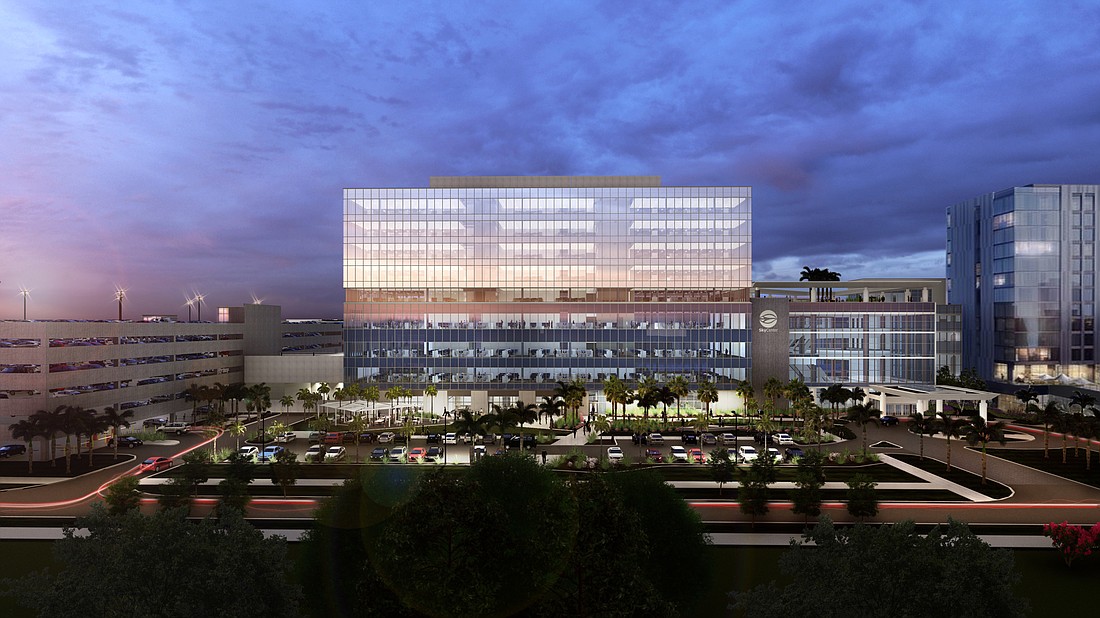- December 15, 2025
-
-
Loading

Loading

A $110 million office project at the Tampa International Airport gives new meaning to the term planes and trains and automobiles.
How so? The nine-story tower, dubbed SkyCenter One, will connect to the TIA main terminal via train, the same train that connects travelers to the fast-growing airport’s new rental car center. For practical purposes, an executive with a SkyCenter One tenant can follow this itinerary: get to the office in the morning, catch a train in the same building, take that train to a plane, fly to New York and return the same day, Airport Executive Vice President of Facilities Al Illustrato says.